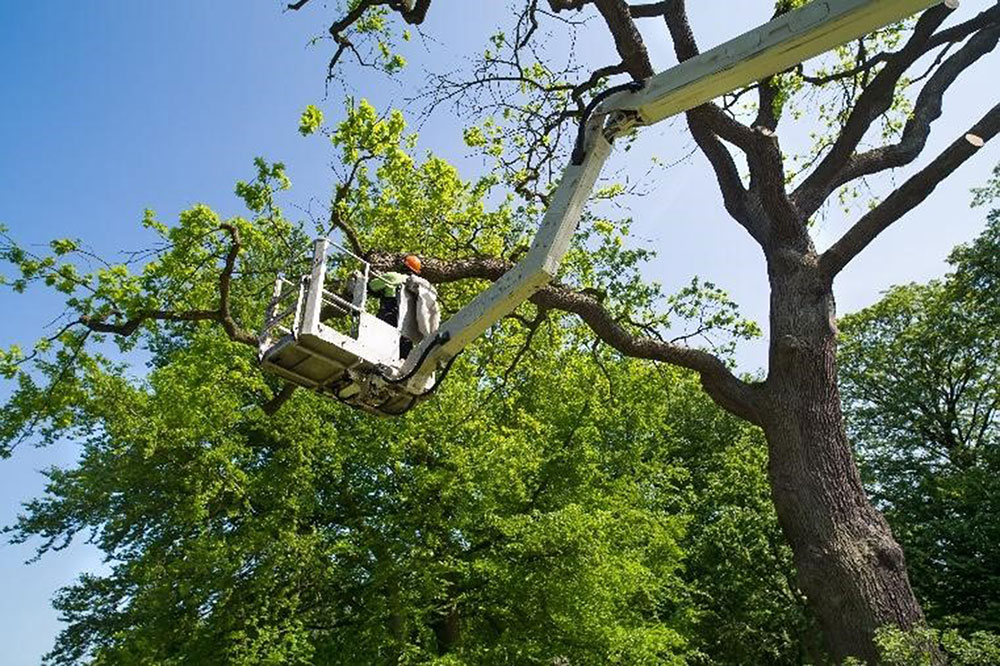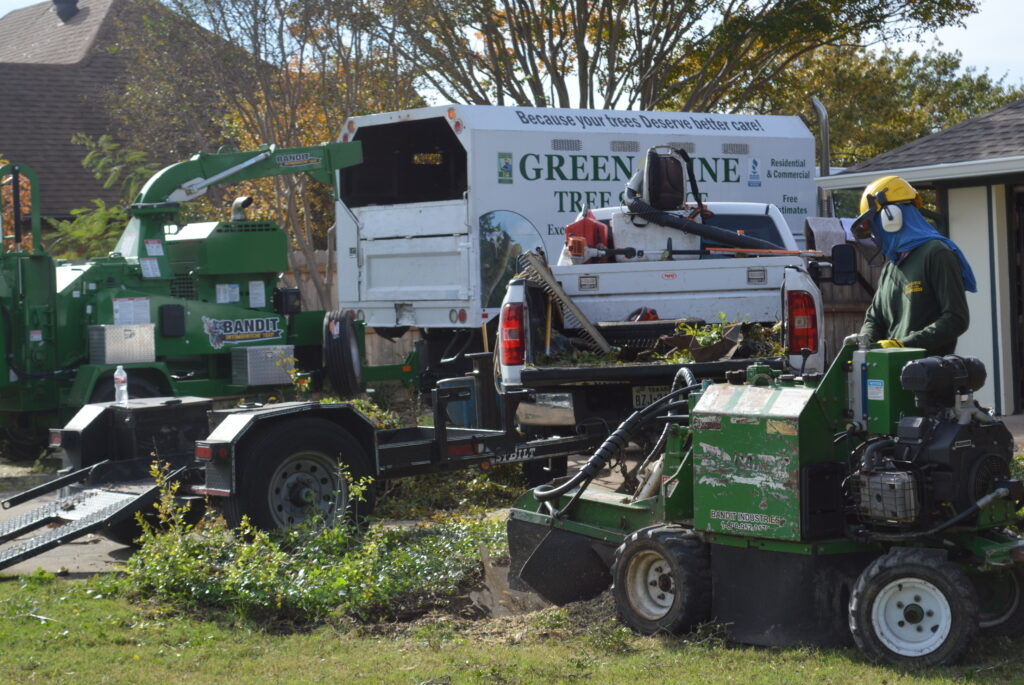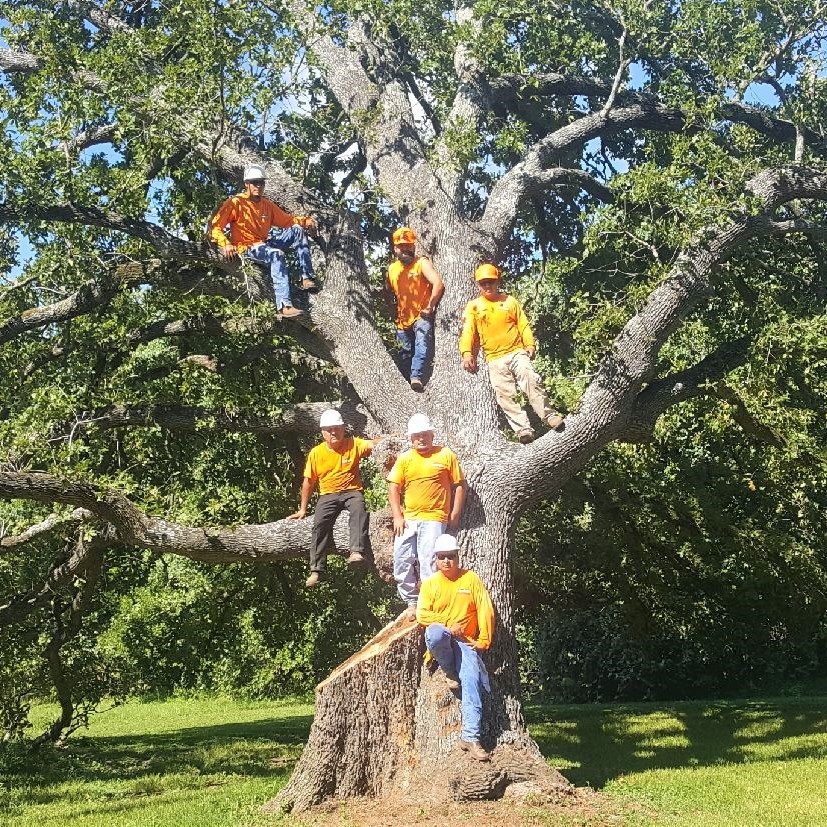Residential Tree Service: A Complete Guide
Introduction to Residential Tree Service
Caring for the trees around your home is not just about aesthetics—it’s about safety, value, and the health of your landscape. With residential tree services, homeowners can ensure their trees stay healthy and well-maintained while avoiding potential hazards. Let’s dig into everything you need to know about residential tree services.
Types of Residential Tree Services
Tree Pruning and Trimming
Regular pruning keeps trees healthy and safe by removing dead or diseased branches, encouraging growth, and preventing overcrowding. It also helps keep branches from encroaching on power lines or property.
Tree Removal
Sometimes, trees become too damaged, diseased, or close to buildings, requiring complete removal. This is a complex job, often needing specialized equipment and trained personnel.
Stump Grinding and Removal
After a tree is removed, a stump remains. Grinding removes the visible part of the stump, while full stump removal eliminates the root system, allowing for fresh landscaping in its place.
Tree Planting and Transplanting
Tree services can also help with selecting, planting, or transplanting trees, giving your landscape a fresh start with the right species suited to your area and soil.
Emergency Tree Services
When storms hit or trees unexpectedly become a hazard, emergency services respond quickly to address dangerous situations and prevent further property damage.
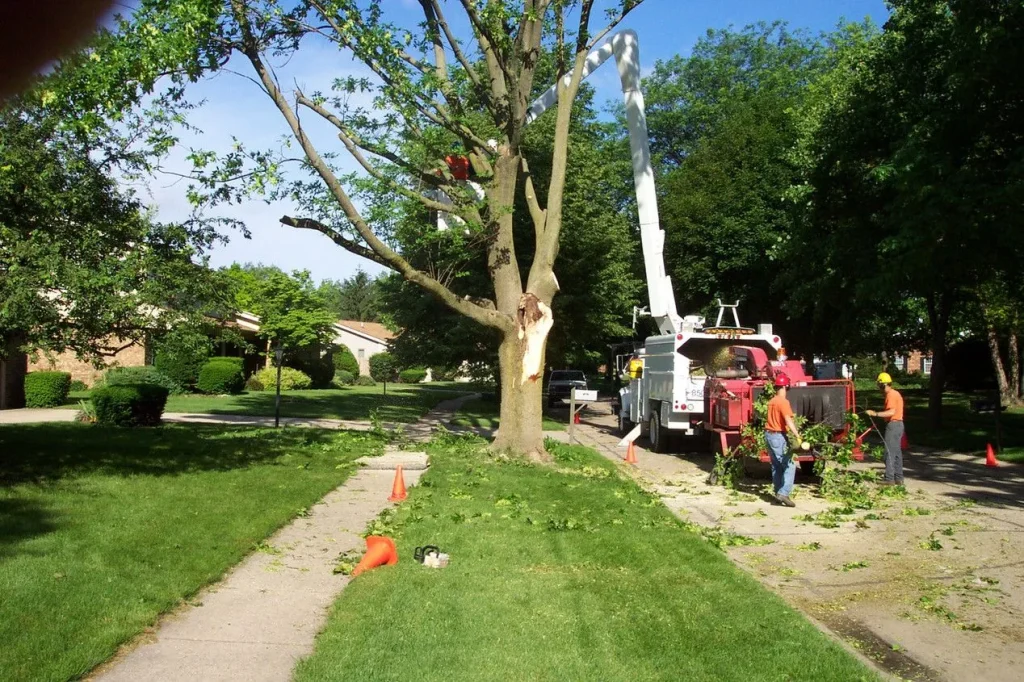
Why Tree Maintenance is Essential for Homeowners
Enhancing Property Value
Healthy, well-maintained trees can add significant value to your home by making it more attractive and inviting.
Ensuring Safety and Reducing Hazards
Regular maintenance minimizes the risk of falling branches or trees, keeping your family and property safe.
Boosting Curb Appeal
Beautiful, healthy trees enhance the look of your property, making a great first impression.
When to Consider Tree Services
Recognizing Signs of Tree Damage
Look for signs like wilting leaves, cracked branches, or fungus at the base of the tree. These may signal a need for professional intervention.
Seasonal Considerations
Different seasons require different types of tree care. Fall and winter are ideal for pruning, while spring and summer focus on growth and health monitoring.
Tree Pruning and Trimming: An Overview
Benefits of Pruning
Trimming promotes robust growth, eliminates possible risks, and enhances the flow of sunlight and air.
How Often to Trim Trees
Most trees benefit from annual trimming, though the frequency can vary depending on the type of tree and its location.
Common Techniques
Certified arborists use techniques like thinning, raising, and crown reduction to keep trees both beautiful and safe.
Tree Removal Services
Reasons for Tree Removal
Trees may need to be removed if they’re damaged, diseased, blocking construction, or growing too close to buildings.
Safety Precautions During Removal
Professional services use specific methods and equipment, including rigging and controlled felling, to ensure safe tree removal.
Stump Grinding and Removal
Why Remove Stumps?
Leaving a stump can be a tripping hazard, attract pests, and detract from your landscape’s appearance.
Grinding vs. Complete Stump Removal
Grinding removes only the visible part of the stump, while complete removal digs out the root system for a more thorough result.
Tree Planting and Transplanting
Choosing the Right Tree
Consider climate, soil type, and tree size when planting. Services can recommend the right species to match your landscape.
Steps for Successful Transplanting
Professionals carefully dig up, transport, and replant trees, ensuring their health and stability in a new location.
Emergency Tree Services
What Qualifies as an Emergency
Tree services classify emergencies as anything posing immediate danger, like broken limbs or trees leaning toward structures.
How to Handle Storm Damage
After severe weather, tree services assess and remove dangerous limbs or trees, helping to prevent additional issues.
DIY vs. Professional Tree Services
Pros and Cons of DIY
While DIY may save money, it often lacks the expertise and tools needed for safe and effective tree care.
Importance of Hiring Certified Arborists
Certified arborists have specialized training, ensuring trees are handled safely and correctly.
Cost of Residential Tree Services
Factors Affecting Cost
Size, type of service, location, and tree condition all impact the cost of tree services.
Average Cost Estimates
Tree removal typically ranges from $200 to $2,000, while pruning or stump grinding costs vary based on tree size and complexity.
Selecting the Best Tree Service Provider: A Complete Guide
Credentials to Look For
Look for certifications, insurance, and years of experience to ensure reliable and safe service.
Questions to Ask
Ask about their process, safety measures, and pricing to make an informed choice.
Seasonal Tree Care T
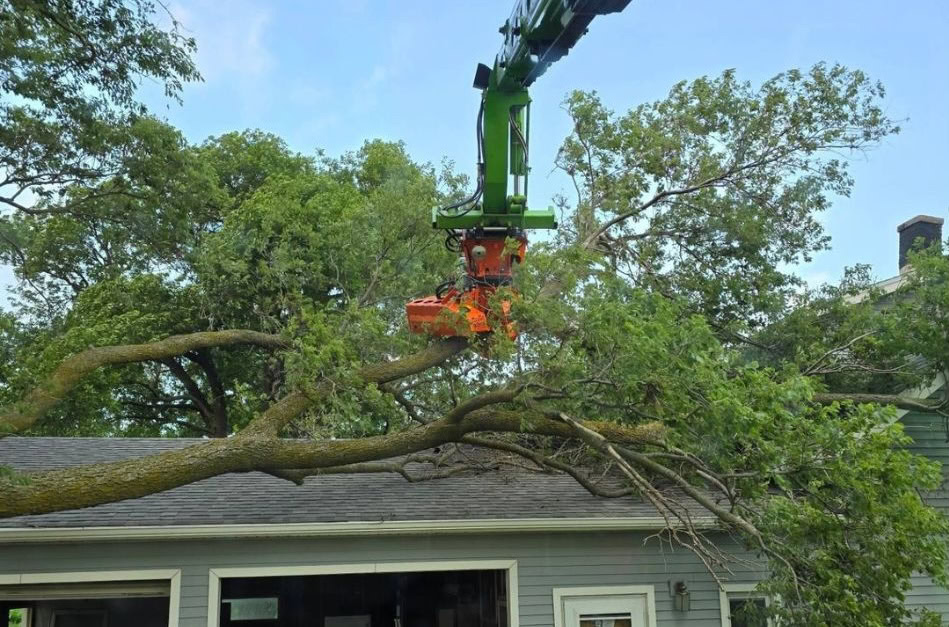
ips
Spring and Summer Care
Focus on watering, pest control, and mulching to support growth and health during warmer months.
Fall and Winter Care
Trim branches, wrap vulnerable trees, and check for structural stability to prepare for winter storms.
Tree Health and Disease Prevention
Recognizing Common Diseases
Be alert for symptoms like discolored leaves, bark splitting, or unusual growths that may indicate disease.
Preventive Measures for Healthier Trees
Regular inspections, proper watering, and timely pruning keep trees healthy and disease-free.
Conclusion: The Value of Investing in Residential Tree Services
Investing in professional tree services keeps your landscape healthy, safe, and beautiful, protecting both your property and its value. With expert care, you can enjoy your trees for years to come.
